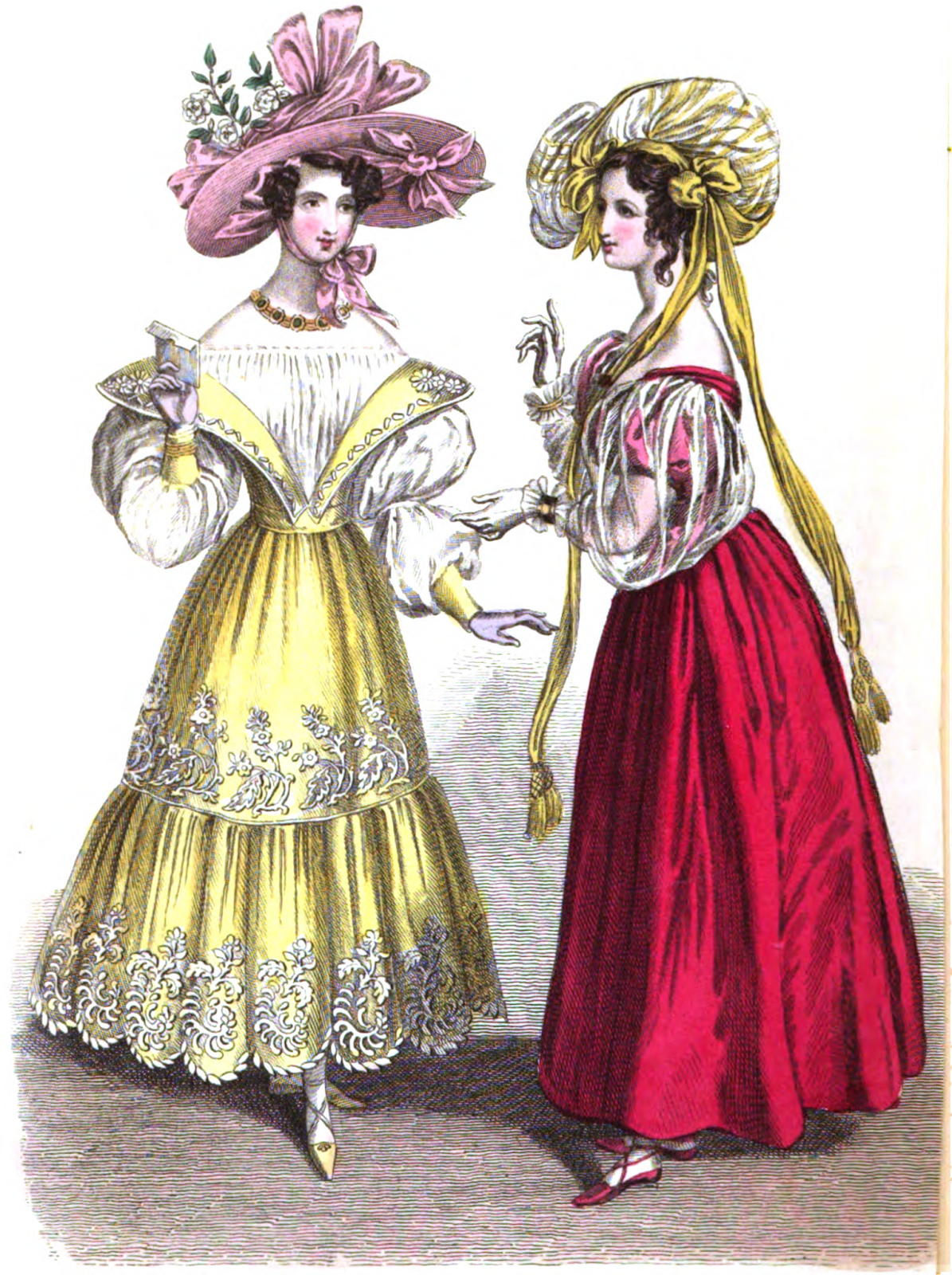The 1830s? A decade brimming with transformation, innovation, and cultural evolution, stands as a pivotal period in history that shaped the modern world. From the rise of revolutionary ideas to significant advancements in technology, the 1830s marked the confluence of various movements that would influence generations to come. This decade witnessed the emergence of numerous social, political, and artistic changes, paving the way for future developments across various sectors.
In the midst of these changes, we observe the evolution of society, where the struggles for rights and recognition began to take center stage. The 1830s? were characterized by significant milestones, such as the abolitionist movement, the rise of romantic literature, and the dawn of industrialization. Exploring these themes provides a glimpse into the complexities and dynamics of 19th-century life, illustrating how events from this decade have left an indelible mark on our contemporary landscape.
As we delve deeper into the 1830s?, it becomes essential to recognize the individuals who played pivotal roles during this transformative era. Their contributions not only defined the spirit of the decade but also laid a foundation for societal changes that continue to resonate today. Join us on this journey as we explore the myriad facets of the 1830s, unraveling the stories, movements, and personalities that shaped this remarkable decade.
What Were the Key Historical Events of the 1830s?
The 1830s were marked by several significant historical events that influenced the course of history. Some notable events include:
- The abolition of slavery in various countries.
- The rise of the labor movement, advocating for workers' rights.
- The Trail of Tears, a forced relocation of Native Americans.
- The emergence of the Romantic movement in arts and literature.
Who Were the Influential Figures of the 1830s?
Throughout the 1830s, many influential figures emerged, shaping the political and cultural landscape. Here are a few notable individuals:
- Andrew Jackson - The seventh President of the United States, known for his populist policies.
- Charles Dickens - A prominent English writer whose works reflected social issues of the time.
- William Lloyd Garrison - An abolitionist who published "The Liberator," advocating for the end of slavery.
- Henry David Thoreau - A transcendentalist writer who emphasized nature and individualism.
How Did the 1830s Influence Art and Literature?
The 1830s were a rich period for art and literature, giving rise to significant movements such as Romanticism. This artistic shift emphasized emotion, nature, and individualism, leading to:
- Classic works from authors like Edgar Allan Poe and Nathaniel Hawthorne.
- The visual arts flourishing with painters like Caspar David Friedrich.
- The rise of the novel as a dominant literary form.
What Were the Social Changes in the 1830s?
The 1830s? were marked by profound social changes, including:
- The push for women's rights and suffrage movements.
- Increased advocacy for education reform.
- Growth of abolitionist sentiments leading to societal debates about slavery.
How Did the Industrial Revolution Impact the 1830s?
The Industrial Revolution profoundly impacted the 1830s, leading to:
- Urbanization as people moved to cities for factory jobs.
- Technological innovations such as the steam engine and textile machinery.
- A shift in labor dynamics, with the rise of factory work.
Who Were the Key Writers and Thinkers of the 1830s?
The literary landscape of the 1830s? was vibrant, with many influential writers emerging. Notable figures include:
| Name | Nationality | Notable Works |
|---|---|---|
| Charles Dickens | British | Oliver Twist, A Christmas Carol |
| Emily Brontë | British | Wuthering Heights |
| Herman Melville | American | Moby-Dick |
What Role Did Reform Movements Play in the 1830s?
The 1830s witnessed numerous reform movements aimed at addressing societal issues, such as:
- The temperance movement advocating for the reduction of alcohol consumption.
- The abolitionist movement working towards the end of slavery.
- The women’s rights movement beginning to gain momentum.
How Did the 1830s Set the Stage for Future Conflicts?
As we look back at the 1830s, it is evident that this decade set the stage for future societal conflicts, including:
- The Civil War, primarily influenced by the debates surrounding slavery.
- The women's suffrage movement gaining traction in the late 19th century.
- The labor movements that would shape workers' rights in the 20th century.
In conclusion, the 1830s? stand as a remarkable decade characterized by profound changes and significant events that shaped the course of history. The interactions of key figures, artistic movements, and social reforms created a complex tapestry that not only influenced the present but also laid the groundwork for future generations. Understanding the essence of the 1830s allows us to appreciate the persistence of these legacies in our contemporary society, reminding us of the enduring impact of this transformative period.
You Might Also Like
Unveiling The Truth: How Evidence They Help To Corroborate The Specific Events And Aspects Of The CrimeMastering The Art Of Writing: Compose One Well-Written Paragraph That Shows How You Can Apply The
Understanding The Dynamics Of Purchases: Housing As The Steady Growth Sector
Unraveling The Tapestry Of American History: Until The Great Depression D. From The Revolutionary War Until The Civil War
Building A Business Together: Tina And Philip's Journey
Article Recommendations
:max_bytes(150000):strip_icc()/Abolitionist-pamphlets-burned-3000-3x2gty-56a48a263df78cf77282df42-56fa8d8cddfd488ca787d4f2e9ee0c5e.jpg)

